We would be amazed if we could look up at the night sky and see all the rocks flying through space around us.
Our Solar System contains billions of them, all orbiting the Sun – like miniature worlds.
Occasionally, Earth crosses paths with one of these meteoroids and it burns up in our atmosphere as a meteor or shooting star.
There are also the annual meteor showers that we all look forward to every year.
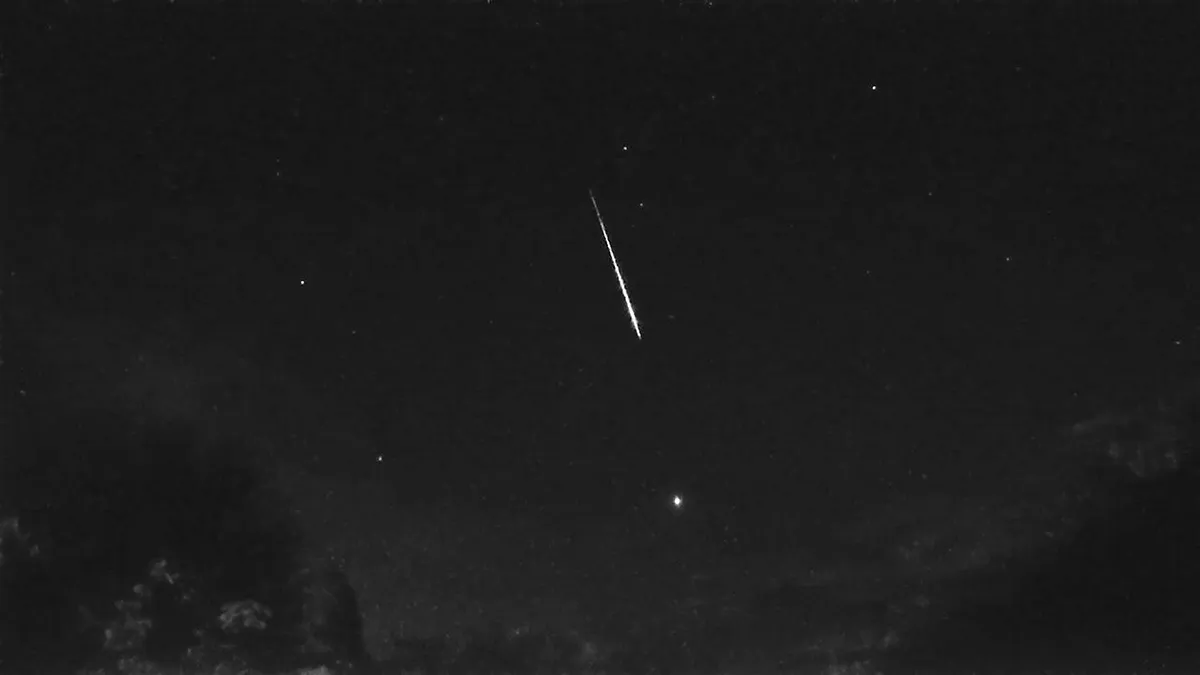
Some meteors survive their fiery passage and land on the ground as a charred rock, known as a meteorite.
Most of these are never found, but a few are seen to fall and then are recovered to be studied by scientists.
Scientists are even teaching drones to hunt for meteorites.
All these meteorites are fascinating, but some are more valued by scientists and collectors, who often debate meteorite ownership.
One might even say these memorable space rocks are ‘celebrity meteorites’.
Here, we look at five of the most famous meteorites to have fallen to planet Earth.
5 famous meteorites
The Winchcombe meteorite

Late on the evening of 28 February 2021, thousands of people across the UK and northern Europe saw a bright fireball streaking across the sky, and some of them heard sonic booms.
The fireball was also recorded by the cameras of the UK Fireball Alliance, a network of cameras scattered across the UK.
By combining the eyewitness reports and analysing the survey images, experts calculated that meteorites may have landed in, or near, the Gloucestershire village of Winchcombe.
The next day a hunt began, and before too long dark, fragile rocks were spotted in the grass.
One family found a pile of the rocks on their driveway, surrounded by black powder – yet more pieces of what would become known as the ‘Winchcombe meteorite’.
A rare, carbonaceous chondrite-type rock, it was the first meteorite to be recovered in the UK in 30 years.
The Chelyabinsk meteorite
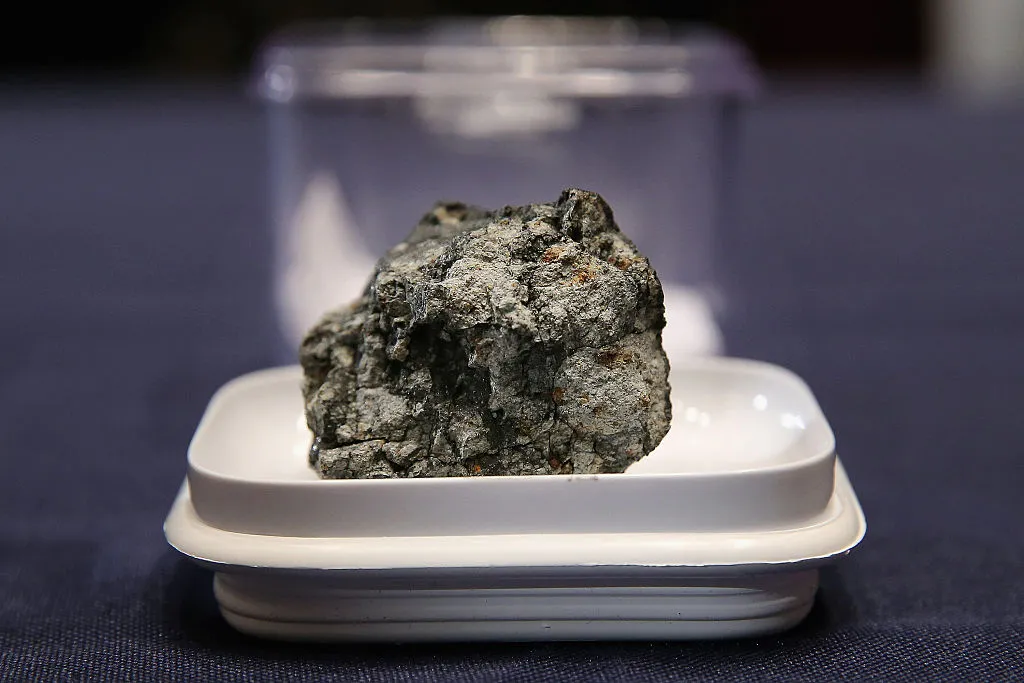
As the Sun was coming up over the Russian town of Chelyabinsk on 15 February 2013, people were amazed to see a light, brighter than the Sun, crossing the icy blue sky.
This ‘superbolide’ was seen across hundreds of kilometres, caught on security cameras and car dashcams.
As it faded it left a milky white smoke trail across the sky – then, with a deafening crack, a shockwave shattered windows, collapsed roofs and bowled people off their feet.
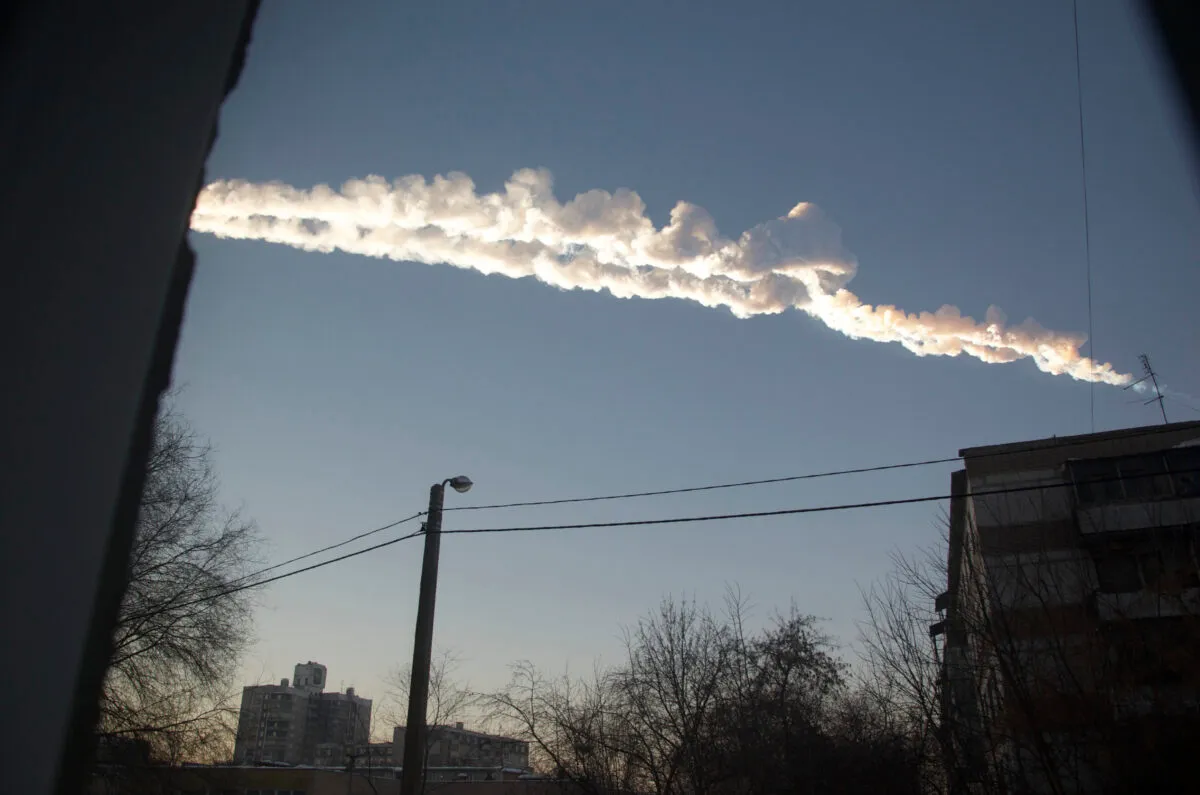
After hitting the atmosphere at a speed of 43,000k/h, a near-Earth asteroid, weighing more than 12,000 tonnes and around 20m across, had just blown up, 26km high, releasing more than 30 times the explosive energy of the atomic bomb that dropped on Hiroshima.
Many pieces of the stone meteorite were found, including a 654kg chunk that was recovered from a frozen lake. You can buy pieces of this meteorite, but be careful to only use reputable dealers.
The Sikhote-Alin meteorite
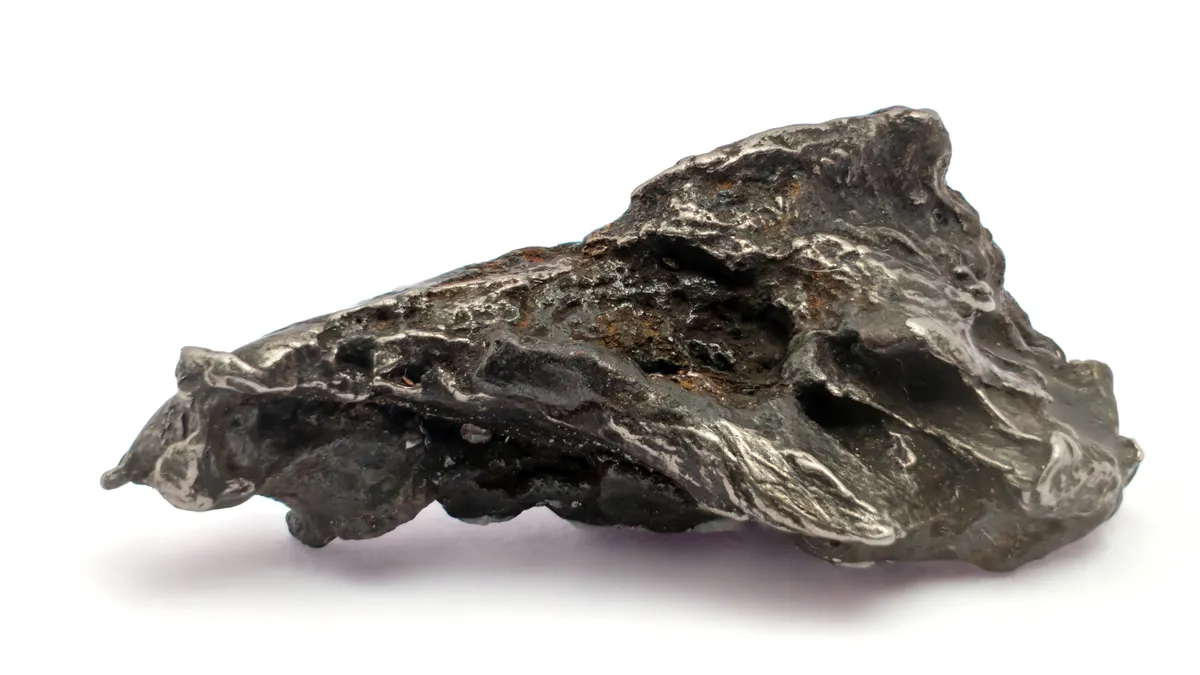
On 12 February 1947, a huge metal meteoroid, weighing around 100,000kg, tore through Earth’s atmosphere.
It finally exploded over the remote Russian Sikhote-Alin mountains with a deafening boom.
Moments later the ground below was peppered with jagged fragments of metal, some blasting out craters, others embedding themselves in trees.
Around 23 tonnes of material has since been recovered from the area.
You can buy two different types of meteorite from this historic fall.
Some are rounded, whole specimens, like metal nuggets with a dark fusion crust and indentations called ‘regmaglypts’ that look like thumbprints in clay.
Others are twisted and gnarled scraps of torn metal with sharp edges that look like bomb shrapnel.
Allan Hills 84001 ‘ALH84001’

Because the dark stones stand out so well on its bright white snow, Antarctica is a great place for meteorite hunting.
Every year teams of scientists roam across the frozen continent’s ice fields, hunting for space rocks.
On 27 December 1984, scientist Roberta Score spotted a large, dark rock with an unusual black-green colour, which was duly bagged and sent back to a laboratory for study.
It wasn’t until years later, however, that 1.93kg ‘ALH84001’ was identified as being from Mars.
When scientists peered deep inside it using an electron icroscope in 1996 they saw what looked like fossilised bacteria within its cracks and then, well, everything went a bit crazy.
Had they found evidence of life on Mars? Many thought so, and President Bill Clinton even held a media conference to hail the discovery.
But other scientists were more sceptical, and more recent research has suggested that the structures thought to be in the meteorite aren’t biological.
The Allende meteorite
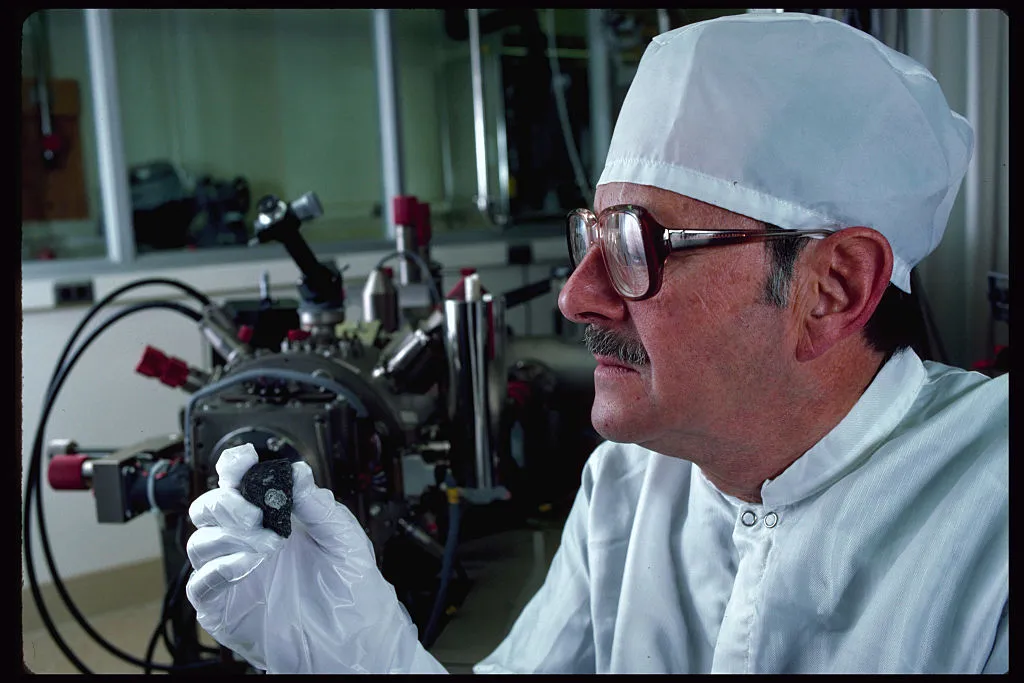
If there’s a Kardashian-class celebrity meteorite then it has to be Allende.
On 8 February 1969, as NASA was gearing up for the launch of Apollo 9 – the first crewed test flight of the lunar module – a shower of dark rocks fell from the sky not too far from the Mexican town of Pueblito de Allende.
Scattered across an area of 150km2, these were the pieces of a car-sized meteoroid that had come apart high in the atmosphere.
Although the stones – which were very dark on the outside, as black as coal, with a dark grey interior that contained lots of tiny, pale spots and grains, or chondrules – didn’t immediately look like anything special, analysis revealed they were pieces of a very rare type of ancient and primitive carbonaceous chondrite meteorite.
Indeed, those chondrules contained dust grains that dated back to the Solar System’s birth.
This article originally appeared in the July 2022 issue of BBC Sky at Night Magazine.
